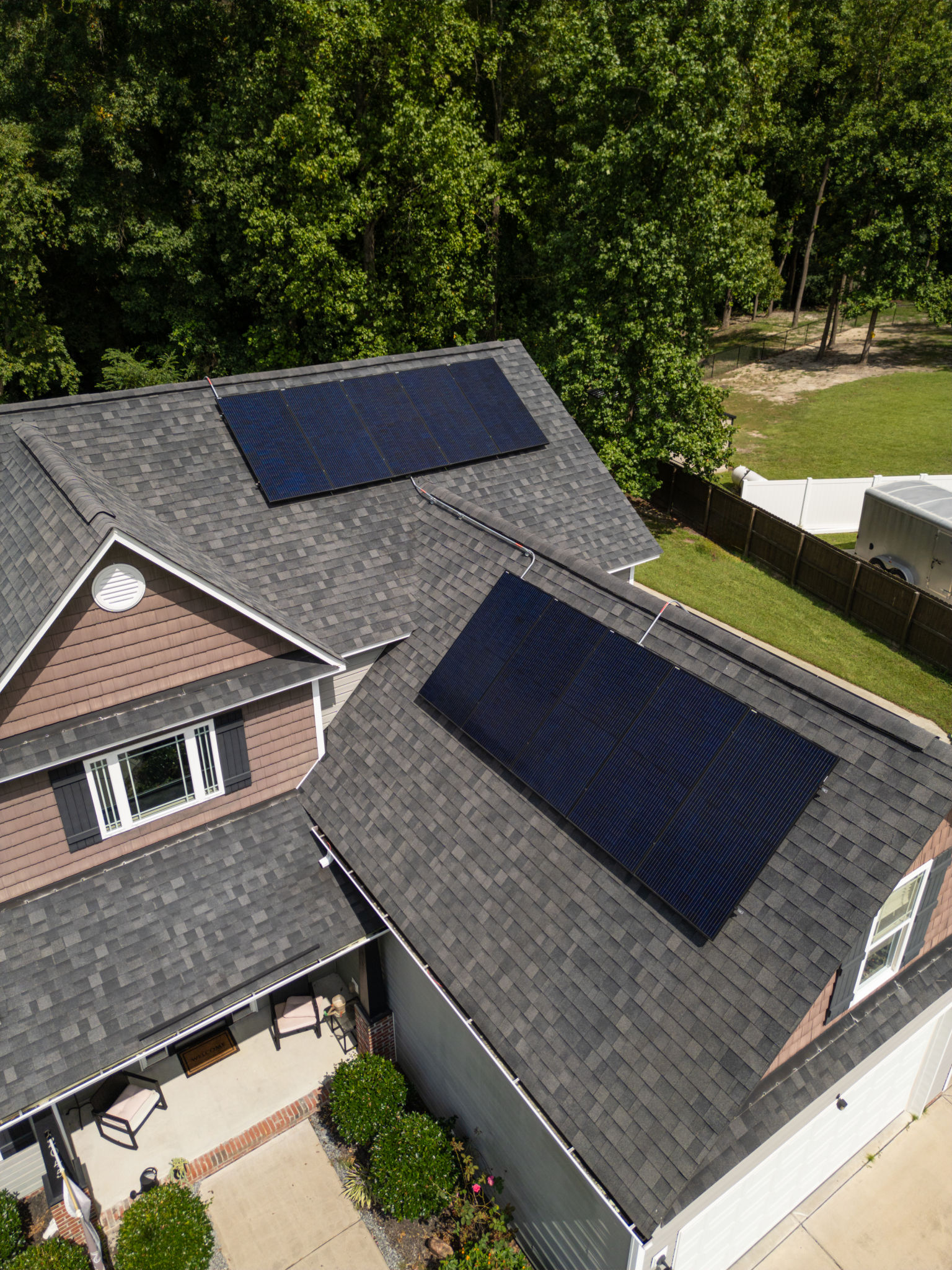Harnessing Solar Power: A Comprehensive Guide to Solar Energy for Homes
As homeowners increasingly seek sustainable energy solutions, solar power has emerged as a popular and viable option. Harnessing solar energy not only reduces electricity bills but also contributes to a greener environment. This guide will walk you through the essentials of solar energy for homes, helping you make an informed decision.

Understanding Solar Energy
Solar energy is harnessed from the sun's rays using solar panels, which are composed of photovoltaic (PV) cells. These cells convert sunlight into electricity, making it possible to power your home efficiently. The key benefit of solar energy is its renewable nature, ensuring a sustainable power source.
Investing in solar panels can also increase your home's value. With growing awareness of environmental issues, homes equipped with solar power systems are becoming more attractive to buyers.
The Components of a Solar Power System
A typical solar power system comprises several components:
- Solar Panels: Capture sunlight and convert it into electricity.
- Inverter: Converts direct current (DC) from the solar panels into alternating current (AC) for home use.
- Mounting System: Secures the solar panels to your roof.
- Batteries: Store excess energy for use during non-sunny periods (optional).

Evaluating Your Home for Solar Energy
Before installing a solar power system, evaluate your home’s suitability. Consider the following factors:
- Roof Condition: Ensure your roof is in good condition and can support the panels.
- Sun Exposure: Assess the amount of sunlight your roof receives throughout the day.
- Local Climate: Consider the average weather conditions in your area.
Proper evaluation can maximize the efficiency and lifespan of your solar power system.
Financial Considerations and Incentives
While the initial cost of solar installation can be significant, various financial incentives can offset these expenses. Federal tax credits, state rebates, and local incentives can substantially reduce the cost. Additionally, many solar companies offer financing options, making solar energy more accessible.

Installation and Maintenance
The installation of solar panels should be carried out by a certified professional to ensure safety and efficiency. The process typically involves securing the panels, connecting the inverter, and setting up necessary electrical components.
Maintenance of solar panels is relatively straightforward. Regular cleaning and periodic checks by professionals are usually sufficient to keep the system running effectively. Solar panels are designed to be durable, often lasting 25 years or more.
The Future of Solar Energy
The future of solar energy is promising, with technological advancements continually improving efficiency and reducing costs. Innovations such as solar roof tiles and increased battery storage capacity are making solar power even more appealing. As more people adopt solar energy, the collective impact on the environment and energy independence will be substantial.
By choosing to harness solar power, homeowners not only invest in their future but also contribute to a sustainable planet. Solar energy is more than just a trend; it’s a critical step towards a cleaner, greener world.